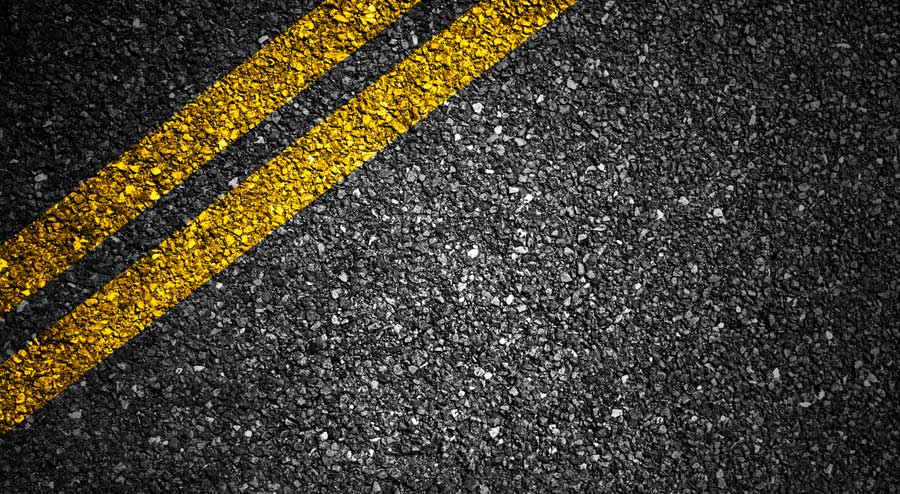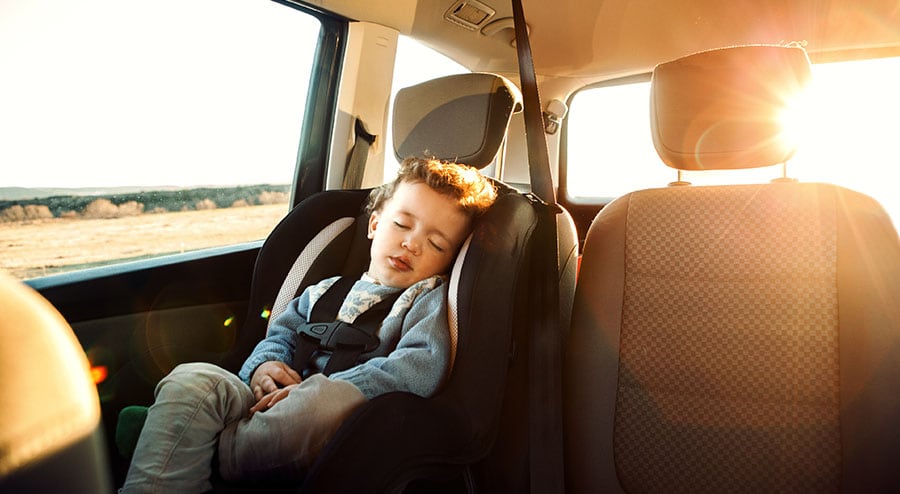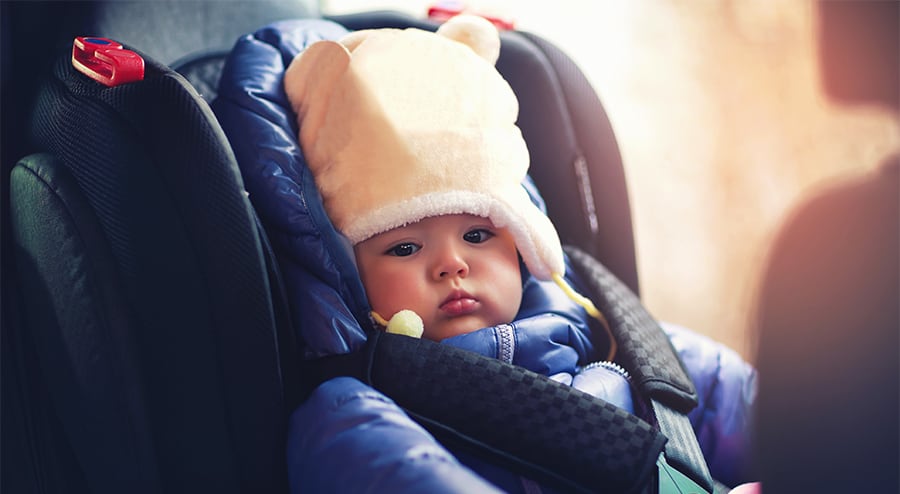As the parents of young children, you most likely spend a lot of time in your vehicle traveling from place to another with the little ones. Everything from doing the school run with infants and toddlers with you through to trips to the doctors, visiting family and friends, or heading off on vacation involves getting your little ones safe and comfortable in your vehicle. Of course, when you have older kids and passengers in the vehicle, you can get them to wear seatbelts for safety and security. However, when you are traveling with toddlers and babies, they cannot be strapped in with seatbelts so you need to ensure you invest in a high-quality infant seat or child car seat so that they can travel in your vehicle safely and comfortably.
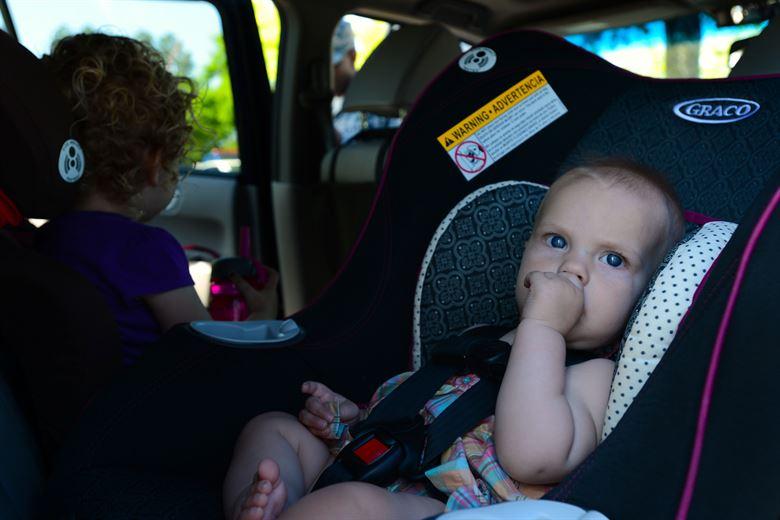
There are various different options available when it comes to these car safety seats and child passenger safety, which makes it easier to find one that is suited to your child’s needs and your budget. There are rear-facing car seats, belt-positioning booster seats, forward-facing car seats, and other child safety seats and seat belts that are all designed to protect your loved ones. Of course, with something as important as this, you need to make sure you buy high quality even if it means paying a little extra—after all, these seats can prevent serious injury and even save your child’s life in the event of an accident. With so many road traffic accidents taking place every year, having one of these seats in your vehicle is essential for infants and young children. This is because they are too small to wear a seatbelt so in the event of an accident they would not be protected.
The Different Types Of Seats To Choose From
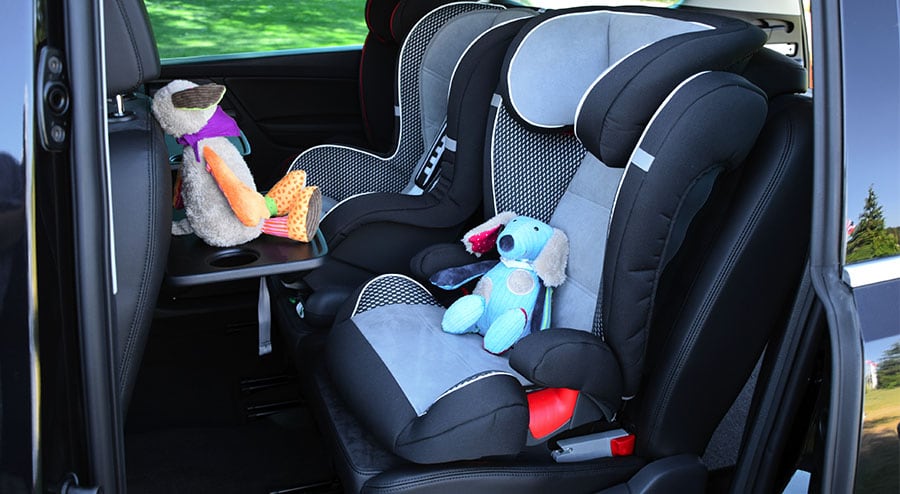
When it comes to infant and child car seats, there are three main options that you can choose from. You should consider the weight and age of your little one in order to determine which of these is going to be best suited to your needs. The three key options include:
- Rear-facing seat: The rear-facing seat is one that is used for babies until they are one to two years old and over 20 pounds in weight.
- Forward-facing seat: The forward-facing seat can be used once your child hits 20 pounds or more in weight and is one to two years of age.
- Booster seat: Once your little one reaches 40 pounds, you can switch to a booster seat. These can be used until the child is around 80 pounds in weight.
It is also worth bearing in mind that you can get baby seats that can be used facing the rear or facing forward. If you opt for one of these, you won’t have to purchase another seat when your baby is big enough to use a forward-facing one later on down the line.
Essential Safety Tips When It Comes To Infant and Child Car Seats
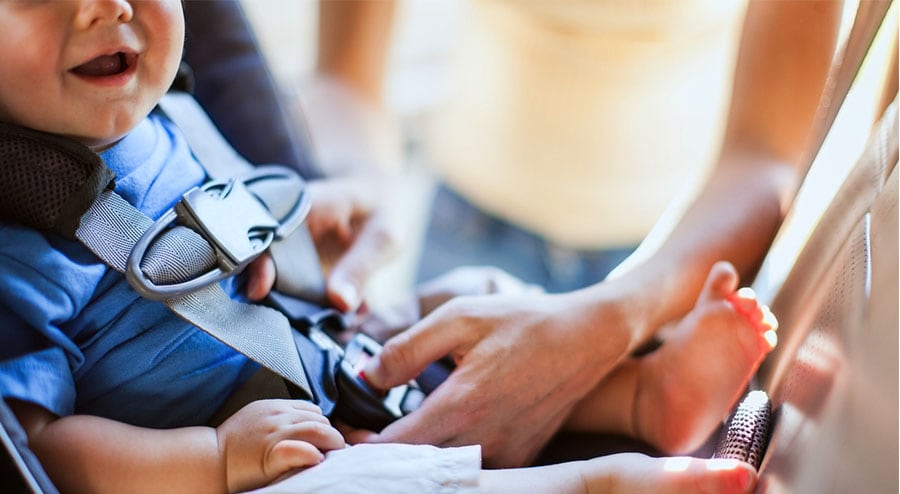
As a responsible parent, you may be looking at a purchasing a baby or child car seat for your vehicle. However, before you make your purchase it is worth considering the key safety tips that you need to bear in mind. These can impact upon the type of seat that you go for so make sure you familiarize yourself with these before you make your purchase. By taking these into consideration, you can ensure that you not only purchase the right child car seat for your little one but that you also use it correctly to maximize on the safety levels for your child. Some of the key safety tips to keep in mind include:
- Always ensure that the car seat is located in the back seat of the vehicle: In the event of an accident or crash, the back seat of the car tends to be the safest place. You should, therefore, ensure that your baby or child seat is always positioned in the back of the car and not on the passenger seat at the front. It is also important to remember that if your vehicle is equipped with a passenger airbag, all infants and children under the age of 12 need to travel in the backseat of the vehicle.
- Get a rear facing seat for babies under one: If your infant is under the age of one and under 20 pounds in weight, you should make sure that they have a baby seat that faces the rear of the vehicle rather than facing forward. Once your child reaches the age of around a year and weighs over 20 pounds, you can then consider getting a forward facing infant car seat. You can get seats that can be used facing in both directions, which will save you the cost of having to purchase a new one when your child is old enough to travel facing forward.
- Ensure that the safety belt holds the seat securely in place: You need to make sure that the infant or child seat is held securely in place by the safety belt and that there is no movement or mobility. The belt should hold the seat tightly in position to avoid injuries in the event of an accident. Make sure that the belt is threaded through the right slot in so that it is tight and secure.
- Ensure that the harness buckles tightly: You also need to ensure that the seat harness is buckled tightly around your child in the seat. The straps should be over your little one’s shoulder and you can adjust it until it provides a snug fit to keep your child secure. You should be able to slide just one finger between the strap and your child’s chest—if it is any more then you need to adjust it to fit more tightly. The chest clip of the harness should be at around the armpit level.
- Switch to a booster seat when your child is 40 pounds or over: Until your child is at least 40 pounds in weight, you should make sure you use an appropriate baby or child seat in the back of your car. Once your child is over the 40 pounds mark, you can then switch to a booster seat that can be used with a belt. You can use belt-positioning booster seats for children between 40 and 80 pounds in weight.
- Switching to the standard safety belt: It is important to ensure you use a child seat or booster seat until your child is tall enough to use the standard seatbelts in the vehicle. As a general rule of thumb, most children will need to be around 4’9” in height and weigh 80 pounds or more before a normal seatbelt will fit them. You should ensure that your child is able to sit on the backseat without having to slouch and that the standard belt fits properly before you consider moving them to a standard seatbelt.
- Always check the instructions with child seats: Another thing to bear in mind is that all child seats will come with instructions with regards to how they should be used. Make sure that you read through these carefully to ensure that you set up the seat and use it correctly as otherwise, it could compromise the child’s safety when traveling in the car.
Making sure you follow these safety tips will provide you with peace of mind and a higher level of protection for your little one when you are traveling in your vehicle.
What To Look For When You Purchase An Infant Or Child Car Seat
There are a number of considerations that you should take into account when you are purchasing your infant or child seat. This includes:
- Cost: While the cost of these seats can vary based on a variety of factors, you should make sure that you do not focus on cost alone. Quality is vital when it comes to something such as child car seats so make sure you do not sacrifice quality in order to reduce the cost.
- Quality: Make sure you purchase a seat that is made by a reputable manufacturer. Check reviews and make sure that the seat meets the necessary safety standards. This will prove you with greater protection and peace of mind.
- Checking limits: You should also check on the age, weight, and height limits on the car seats that you are considering before you make your purchase. This will ensure that you get the right one for the needs of your child.
You should also make sure that one you purchase your car seat you get it registered with the manufacturer. This is a precaution just in case any safety issues come to light and the seats need to be recalled. They will then be able to get in touch with you in order to advise you on any issues. Also, be wary of purchasing a used car seat from someone that you do not know. If the seat has been in an accident, has no labels, or has been recalled but not sent back, you could be putting your child in danger.


